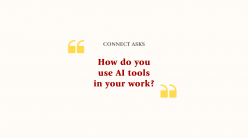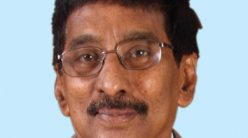Faculty members in academia want more than what a lucrative corporate package following a conventional career path has to offer. The modest income compared to industry jobs is just a known feature of their decision to join academia and not a problem that they’re trying to solve. It’s the call to heed something bigger than themselves and the spirit to serve society that brought them to academia. They are also looking to go above and beyond to nurture and mentor the new generation of students, year after year. To celebrate the spirit of such researchers on this Teacher’s Day, we spoke with a few of them about what put them on this path. Their stories capture unique choices to join academia for diverse reasons rooted in their passion for imparting knowledge.
Dreaming big
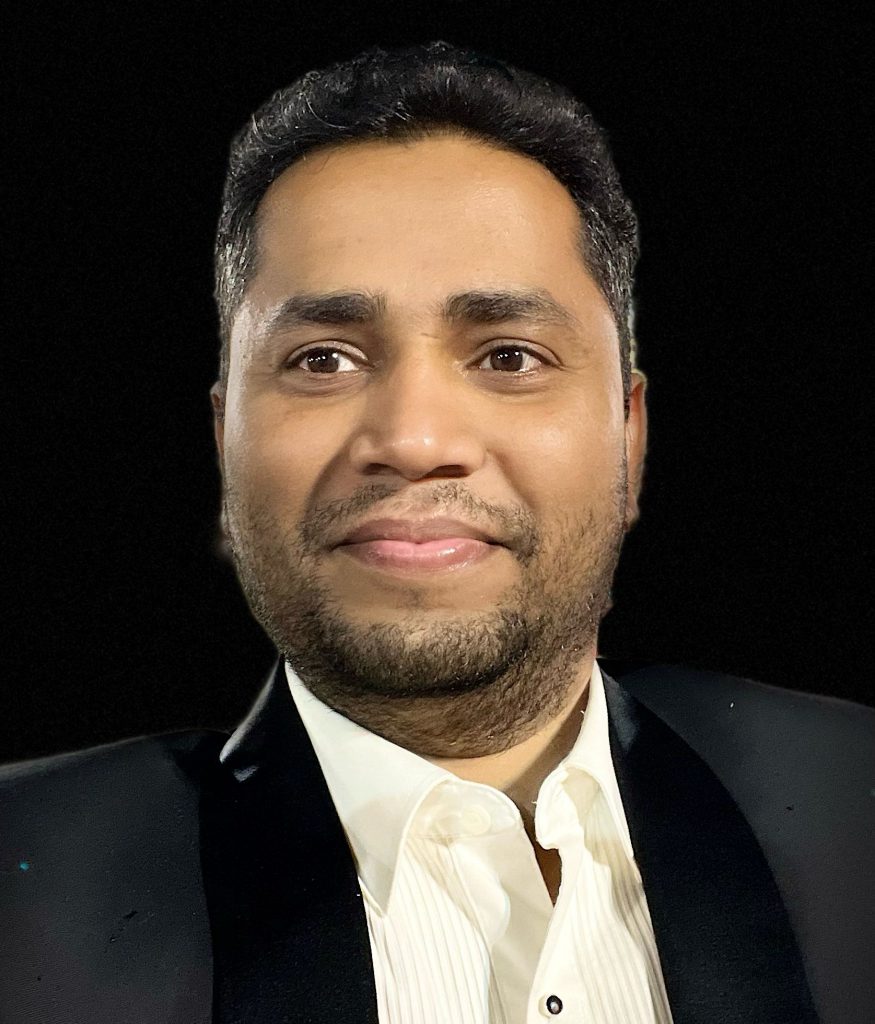
From an early age, Punit Rathore wanted to become a teacher. When he was in high school, he would take tuitions for younger students in his colony, in Sarangpur, Madhya Pradesh (MP). “I liked teaching and evaluating them,” he adds. However, having considered the economic hardships faced by a teacher in India, and to channel his inner drive to reach for bigger and better opportunities, he moved to Kota for additional training for his engineering entrance exam after completing high school. He secured a decent score in the state engineering exam, the MP Pre-Engineering Test. Heeding a senior’s advice that the computer science stream was saturated, he picked Electronics and Instrumentation Engineering for his Bachelor’s. This idea continued to guide his decision after his Bachelor’s, when he chose to pursue a Master’s degree in Instrumentation at IIT Kharagpur in 2009. He had looked forward to this day since his early days in high school. “I come from a tier III city,” he says. “When I heard about IITJEE, of course I wanted to prepare for it.”
After two years at the institute, he was ready for a career in the industry and joined Tata Steel in 2011. This transition allowed him to deploy his expertise to solve real-world problems, and also exposed him to the then upcoming technology of machine learning (ML). “At that time, I was not thinking about a PhD; I knew that I would work for a couple of years and then think about it,” says Punit. He worked for three years at Tata Steel, and this time in industry prompted a momentous shift in his future career aspirations. His work on ML and computer vision ignited a deep fascination for research in that field, but he noticed that the industry didn’t care so much about the research – they cared more about the finished product. He realised two things. “First, I should go for research, and second, if I have to grow in research, I need a PhD,” he says.
‘India now has lots of opportunities to develop products and implement solutions that can impact society’
In December 2014, Punit went to the University of Melbourne for a PhD, where he worked with leading experts in the field of machine learning. Working in the industry had made him an expert in finding problems and judging their real-world viability, something his peers who came to do a PhD right after graduation lacked. This “nose for problems” meant that he graduated with over 10 first-author publications in seven top-tier journals, the most for any student from his lab. A PhD also gave him confidence in his abilities to find a problem and work towards solving it. Coupled with his love for teaching and the desire to work independently, he decided to enter academia. After a postdoc at the Massachusetts Institute of Technology (MIT), he sent out applications to leading IITs and IISc. On the day of Diwali in 2021, he was selected as a faculty member at IISc, where he is now an assistant professor at the Robert Bosch Centre for CyberPhysical Systems (RBCCPS) jointly with the Centre for Infrastructure, Sustainable Transportation and Urban Planning (CiSTUP). “It was my best Diwali ever,” recalls Punit.
Punit believes that there is no correct answer to how one should pursue their professional interests. “It depends on what you want in your life,” he says. While the industry offered the chance to earn more money, he knew that wouldn’t satisfy him in the long term. What drives him is serving society, he adds. “India now has lots of opportunities to develop products and implement solutions that can impact society,” he adds. His advice for young researchers? “Raise your standard and don’t settle.”
Following instincts
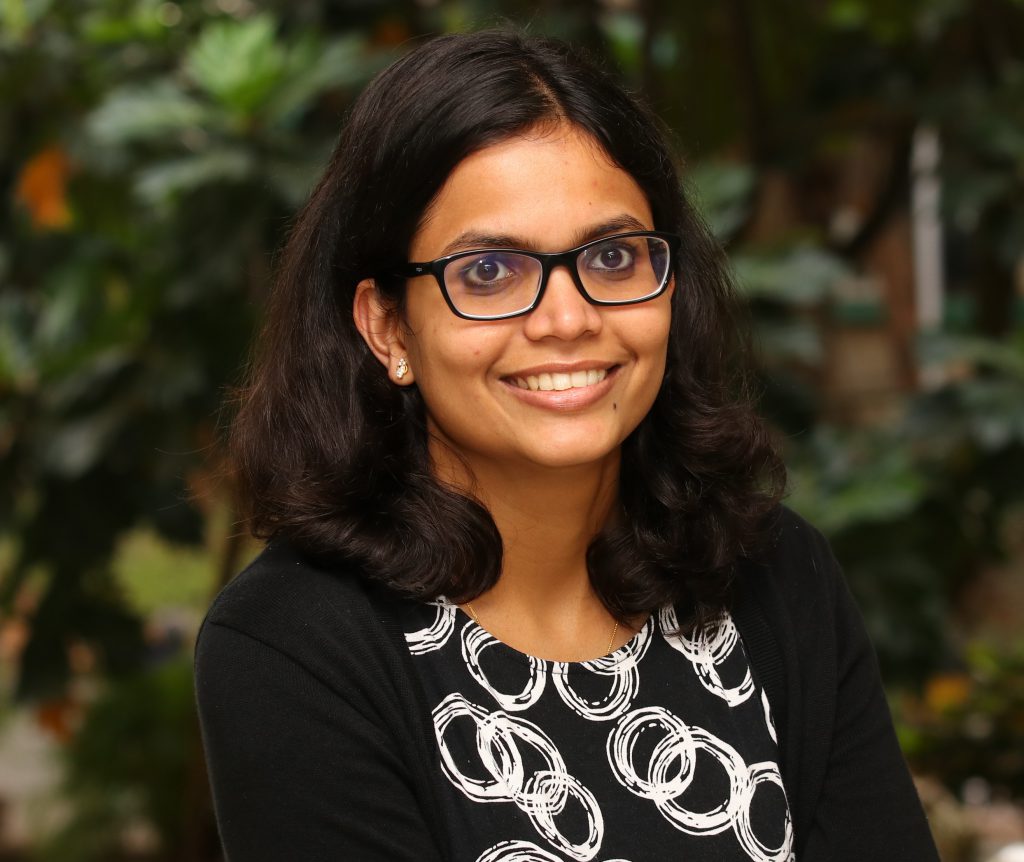
It was during her later years as an undergrad student at the National Institute of Technology, Rourkela, that Susmita Dash was first exposed to research via an institute programme, while she was working on a fluid dynamics problem. “It was the first time that I was exposed to conducting experiments, something which I had no idea about,” she recalls. Upon graduating, she started working for Schlumberger, an oil and gas company, but quit just a year later because she wanted to study more. She joined Purdue University’s Cooling Technology Research Centre for a PhD. While attending a class there, looking at the way one of her professors taught, she recalls thinking, “I want to be like this.” Susmita believes that these small things have a big role to play in one’s decisions.
Another such incident took place after one of her biannual work presentations. Despite her nervousness, her advisor told her that she presented really well and should consider becoming a faculty member. “It was almost like an inception [of an idea],” says Susmita. A PhD also instilled the confidence in her that even if she didn’t know something, she could always learn and figure it out. By the time she finished, she had formed the impression that she wanted to become a professor. She pursued a postdoc at MIT, which helped “in further establishing my own research ideas”, and then joined IISc as an assistant professor at the Department of Mechanical Engineering.
‘You have your entire team of students who are learning and figuring things out along with you’
“Academia is a package,” says Susmita. It involves teaching, research, writing grant proposals, mentoring students, and more. “Sometimes it can be overwhelming.” However, she admits that the great thing about academia is that you are not alone in the journey. “You have your entire team of students who are learning and figuring things out along with you,” she says. Her journey, she believes, is one of constant navigation, with the decisions taken at every step shaping the path. “It’s about taking a decision based upon informed instinct at every junction when figuring out the next thing to do,” she says.
Doing more
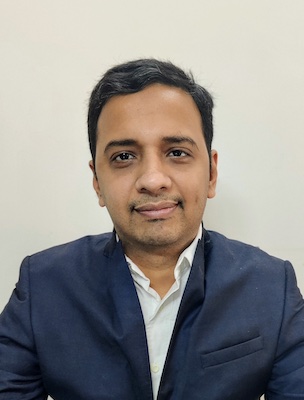
Rajiv Soundararajan chose to pursue his Bachelor’s in Electrical and Electronics Engineering from the Birla Institute of Technology and Science in 2002. “I wanted to work on ideas that would let me do more on a daily basis,” he recalls. He explored the domains of communication and signal processing, and by the end of his undergraduate programme, he was clear that he wanted to pursue research and applied for an integrated PhD right after.
The PhD programme at the University of Texas at Austin gave him multidisciplinary training in theoretical as well as applied aspects of signal processing, which opened the doors to both industrial and academic opportunities. This is when he heard of Qualcomm starting an advanced industry research lab in India, and he joined in 2011. “I wanted to spend some time in the industry to figure out what’s happening there and see if I like it,” says Rajiv. It was a startup-like environment, with a small group working on an application to detect text from naturally captured images. He soon realised that in the multimedia domain, the line between the work done in industry and academia is very thin.
A couple of years into his role, he started to think of switching to academia. “While the work was exciting, it focused on a very narrow region of a product in a particular scenario. But academia offers you a grand open space to explore and have more impact on whatever you try,” he shares.
‘I feel rewarded when I get new research ideas just from interacting with my students’
Rajiv joined IISc in October 2015 and is currently an Associate Professor at the Department of Electrical Communication Engineering. He believes that a top academic position is much more demanding than a position in industry. He says, “You have to be motivated by all aspects of the job – research, training students, doing service.” He points out that working in academia requires a lot of patience to correct the same mistakes year after year. “But it’s really amazing to see the learning curve. I feel rewarded when I get new research ideas just from interacting with my students,” he says.
Being free
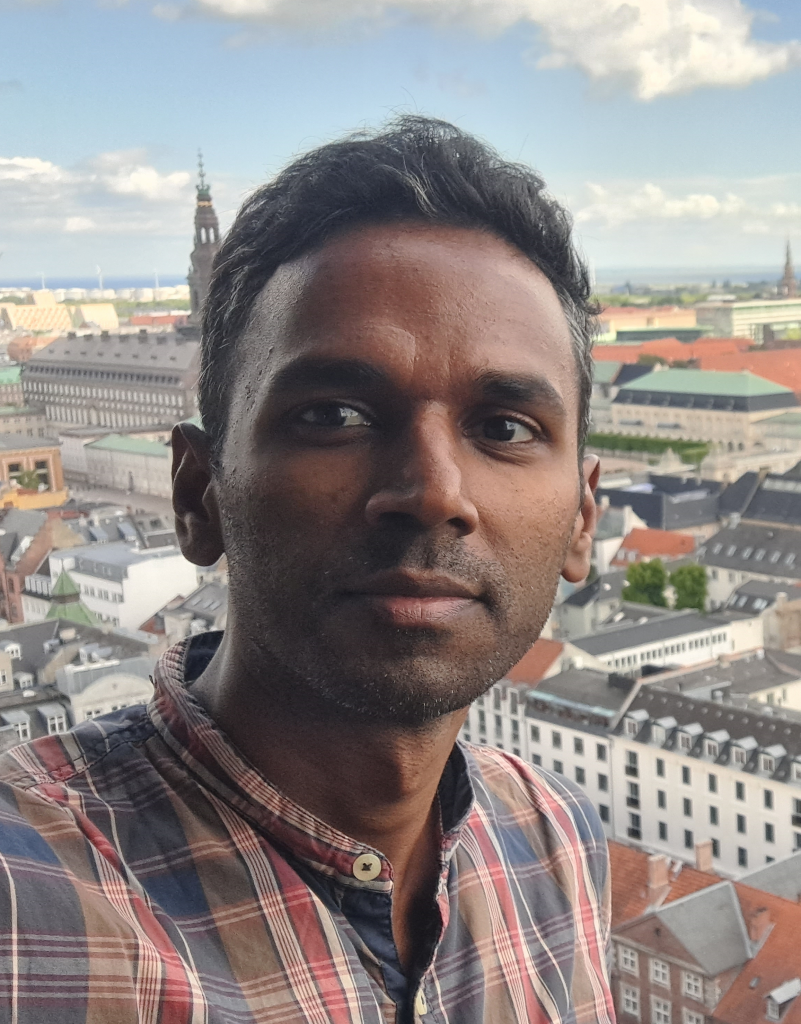
Tarun Rambha was always fascinated by learning new things. During his Bachelor’s in Civil Engineering at the Indian Institute of Technology, Madras (IITM), he explored various internships, including working at a transportation firm on the construction side of operations and at Larsen & Toubro on design. He also began working with a professor at IITM on transportation networks, which inspired him to study further instead of going for an industry role.
He joined the University of Texas at Austin for his Master’s and PhD in Civil Engineering (Transportation). A semester of being a Teaching Assistant during his PhD made him realise that he enjoyed the interaction and feedback sessions with students. He became confident that he could communicate ideas clearly, even when he used to teach his friends back in his undergraduate days. Thus, despite having a fellowship, he continued being a TA for a few more years, more than what was required. The love for teaching and the exploration of his topic of interest turned into a desire to join academia.
Tarun joined IISc as an associate professor at CiSTUP in October 2017. “Being in academia gives you a bit of freedom that I always wanted,” says Tarun, who adds that he likes being his own boss. However, academia comes with its own set of challenges. While incremental improvements suffice in an industry job, in academia, you have to really beat the state-of-the-art benchmarks to be successful, he explains. Another challenge plaguing academia is the modest economic outlook that hampers the decision of many considering it. “You always make compromises,” Tarun says.
‘Being in academia gives you a bit of freedom that I always wanted’
Together with like-minded faculty, Tarun is now working on building a programme, a Master’s in Smart Mobility and Logistics – the first of its kind in the country – that can attract and sustain talent. He is driven by this passion to mentor the next generation of thinkers. “When I can explain something well, the look of wonder on the faces of students makes the three weeks that I spent thinking about how to present a topic for an hour and a half lecture worth it,” he says.
Nurturing curiosity
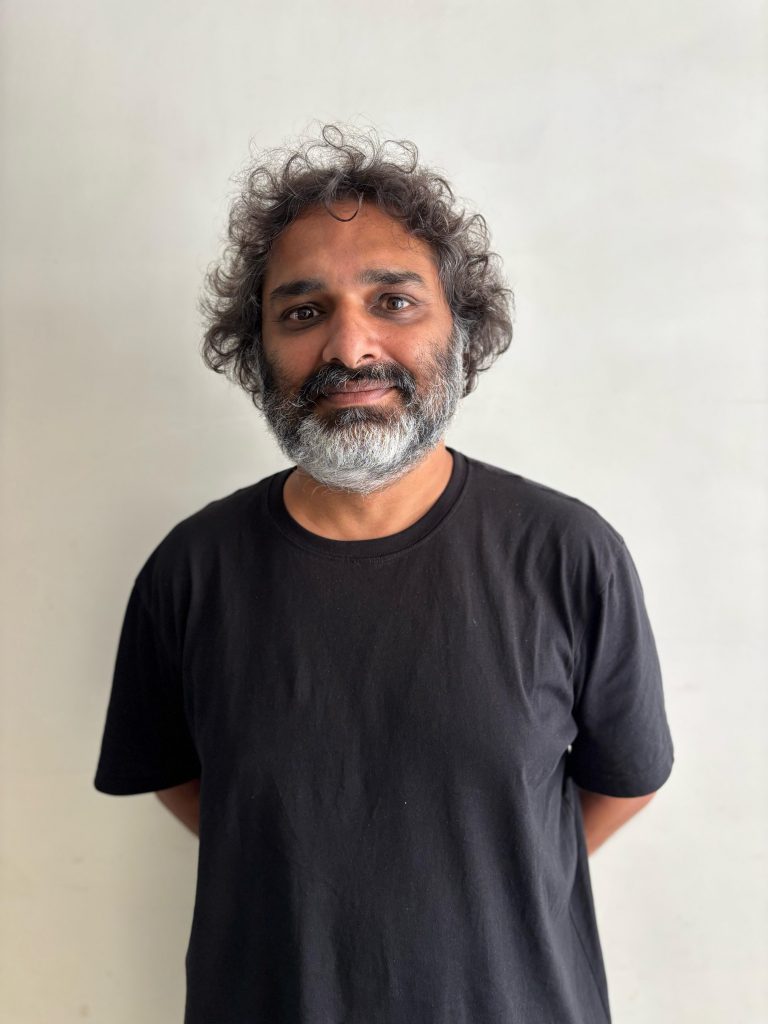
Being in medical school pretty much convinced Ramray Bhat that it was not the path for him. “Much of the time is spent in treating patients rather than stopping to think and understand how a disease occurs,” says Ramray. While he enjoyed the training in fundamental clinical sciences in his early undergraduate years at the Calcutta Medical College, University of Calcutta, he started making a concerted effort to live a parallel life through his third and fourth years of MBBS. He began working at research labs in Calcutta while still pursuing his medical training. “I could not let the medical curriculum, or its limitations, come in the way of what I wanted to achieve,” he shares. These efforts paid off when certain aspects of his parallel life, like journal clubs in research labs, convinced him that this was the world that he wanted to inhabit.
He then chose to pursue a PhD in Developmental Biology with Stuart Newman at New York Medical College.“It was a very multidisciplinary field which straddled evolution and development, but also brought in a lot of physics and mathematics to model biology,” he recalls.
Continuing his multidisciplinary training, he went on to do a postdoc with Mina Bissell at the Lawrence Berkeley National Laboratory. This laid the foundation for starting his own lab, which he did upon joining IISc as an associate professor at the Department of Developmental Biology and Genetics in May 2015.
‘This is something I try to pass on to my students by creating the right vibe for doing exciting research’
Ramray says that he doesn’t regret this transition on any level. He recalls a story from his PhD when an investigator from a neighbouring lab told him: “If your experiment is not working out, but you wake up the next day in the bone-chilling cold and still feel the urge to go to your lab and try it one more time, then you know you are in the right profession.” He jokes that while Bangalore doesn’t have the same bone-chilling cold, he still feels that urge to work. “This is something I try to pass on to my students by creating the right vibe for doing exciting research,” he says. He feels that curiosity is the necessary, not the sufficient, condition to be in science. “If you’re curious, you owe it to your society to also make others curious.”
Shrivallabh Deshpande is a PhD student in the Centre for Neuroscience, IISc, and a former science writing intern at the Office of Communications
(Edited by Abinaya Kalyanasundaram, Ranjini Raghunath)

